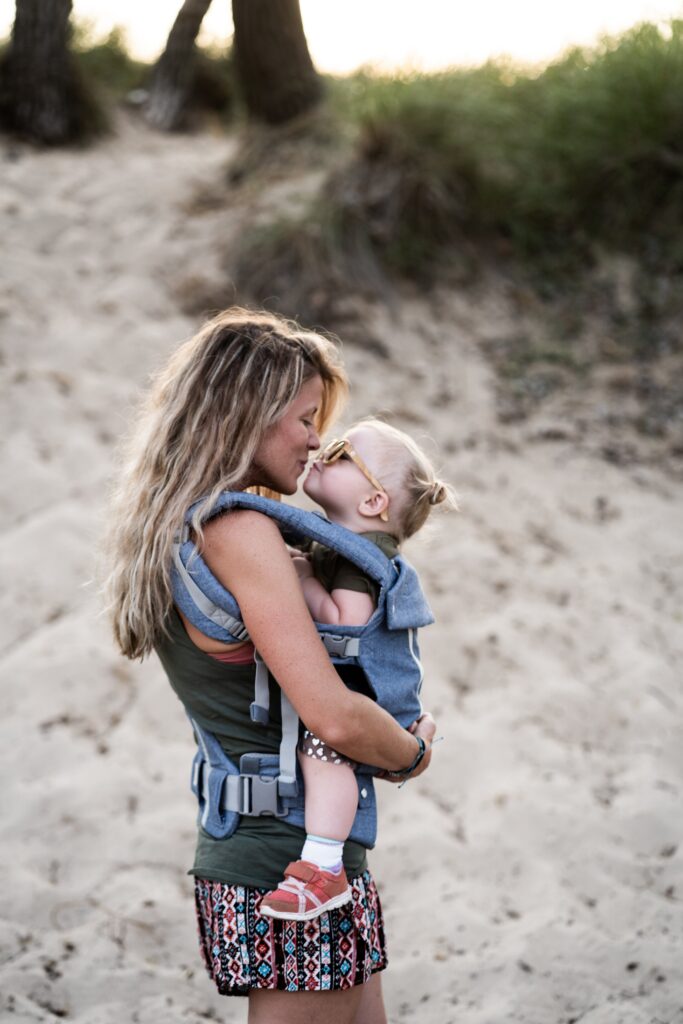Parenting is never easy, but when you’re co-parenting with a high-conflict ex-spouse or partner, it can feel like an ongoing battleground. The tension, arguments, and disagreements can take a toll on everyone involved, especially the children. This is where parallel parenting comes into play. In this blog, we’ll explore what parallel parenting is, why it’s used, how it works, and how it can help families navigate the complexities of high-conflict co-parenting.

Understanding Parallel Parenting
Parallel parenting is a co-parenting approach specifically designed for high-conflict situations. It acknowledges that not all parents can effectively communicate and cooperate with one another, especially after a divorce or separation. In these cases, parallel parenting aims to create a structured, low-contact arrangement that minimizes conflict and puts the best interests of the children first.

Why Parallel Parenting?
Parallel parenting becomes necessary when traditional co-parenting approaches break down due to ongoing disputes, hostility, or other issues. It can be the best solution when:
- Communication Is Impossible: High-conflict situations often involve communication breakdowns. Parallel parenting minimizes direct communication between parents, reducing opportunities for conflict.
- Children Are Caught in the Middle: Traditional co-parenting can put children in uncomfortable positions, acting as messengers or witnesses to disputes. Parallel parenting keeps children from being caught in the crossfire.
- Court Orders Require It: In some cases, court orders or custody agreements stipulate parallel parenting when it’s determined to be in the children’s best interests.

How Parallel Parenting Works
Parallel parenting operates on specific principles to create a structured and conflict-reducing co-parenting arrangement:
1. Limited Direct Contact:
- Parents limit their direct communication to essential child-related matters. Email or a dedicated co-parenting app can be used for communication, keeping interactions focused and documented.
2. Detailed Parenting Plan:
- A comprehensive parenting plan outlines custody schedules, responsibilities, and decision-making processes. It leaves little room for interpretation and reduces potential conflicts.
3. Neutral Exchanges:
- Children are exchanged in neutral, public places or through a third party. This minimizes opportunities for confrontation during transitions.
4. Separate Rules and Routines:
- Each parent establishes their own rules and routines during their parenting time. This avoids disagreements about how children are raised.
5. Professional Mediation:
- In cases where conflicts arise, professional mediators or therapists can be involved to facilitate discussions and find resolutions.
Benefits of Parallel Parenting
1. Reduced Emotional Stress for Children:
- One of the primary advantages of parallel parenting is its ability to significantly reduce emotional stress for children. High-conflict co-parenting can expose children to constant tension and arguments, negatively affecting their emotional well-being. In a parallel parenting arrangement, children experience a more stable and harmonious environment, which can alleviate stress and create a healthier atmosphere for their development.
2. Limited Exposure to Conflict:
- In a traditional co-parenting setup where high-conflict persists, children may be inadvertently drawn into the midst of disputes. They can become witnesses to arguments, act as messengers between parents, or even face loyalty conflicts. Parallel parenting mitigates this exposure to conflict. By limiting direct communication and interaction between parents, it safeguards children from the negative consequences of ongoing disputes, allowing them to grow and thrive without the emotional burden of their parents’ conflicts.
3. Predictability and Stability:
- Parallel parenting’s structured and clearly defined approach offers children a sense of predictability and stability. Children thrive in environments where routines are consistent and rules are clearly established. This stability can foster a sense of security and normalcy in their lives, even in the midst of a challenging family situation.
4. Minimizes Legal Battles:
- High-conflict co-parenting often results in frequent legal interventions and ongoing court battles. These legal disputes can be emotionally and financially draining for both parents and children. Parallel parenting can help reduce the need for continuous legal involvement. By creating a structured framework with less direct interaction, it can prevent recurring disputes and limit the necessity for legal proceedings, ultimately saving time and resources.
5. Focus on Children’s Best Interests:
- Parallel parenting is fundamentally designed to prioritize the best interests of the children involved. It recognizes that in high-conflict situations, the well-being of the children is often compromised. By structuring the parenting arrangement to minimize conflicts and maximize stability, it ensures that the children’s needs, both emotional and physical, are at the forefront of the co-parenting strategy.

Is Parallel Parenting Right for You?
Whether parallel parenting is the right choice depends on the unique circumstances of your high-conflict co-parenting situation. It’s essential to consider the well-being of your children and the level of cooperation you and your co-parent can realistically achieve. Consulting with a family therapist or legal professional can help you make an informed decision.
In conclusion, parallel parenting is a valuable solution for high-conflict co-parenting situations. It creates structured, low-contact arrangements that prioritize the children’s best interests and minimize exposure to conflict. While it may not be suitable for all situations, it can be a lifeline for families navigating challenging post-divorce or separation dynamics.
